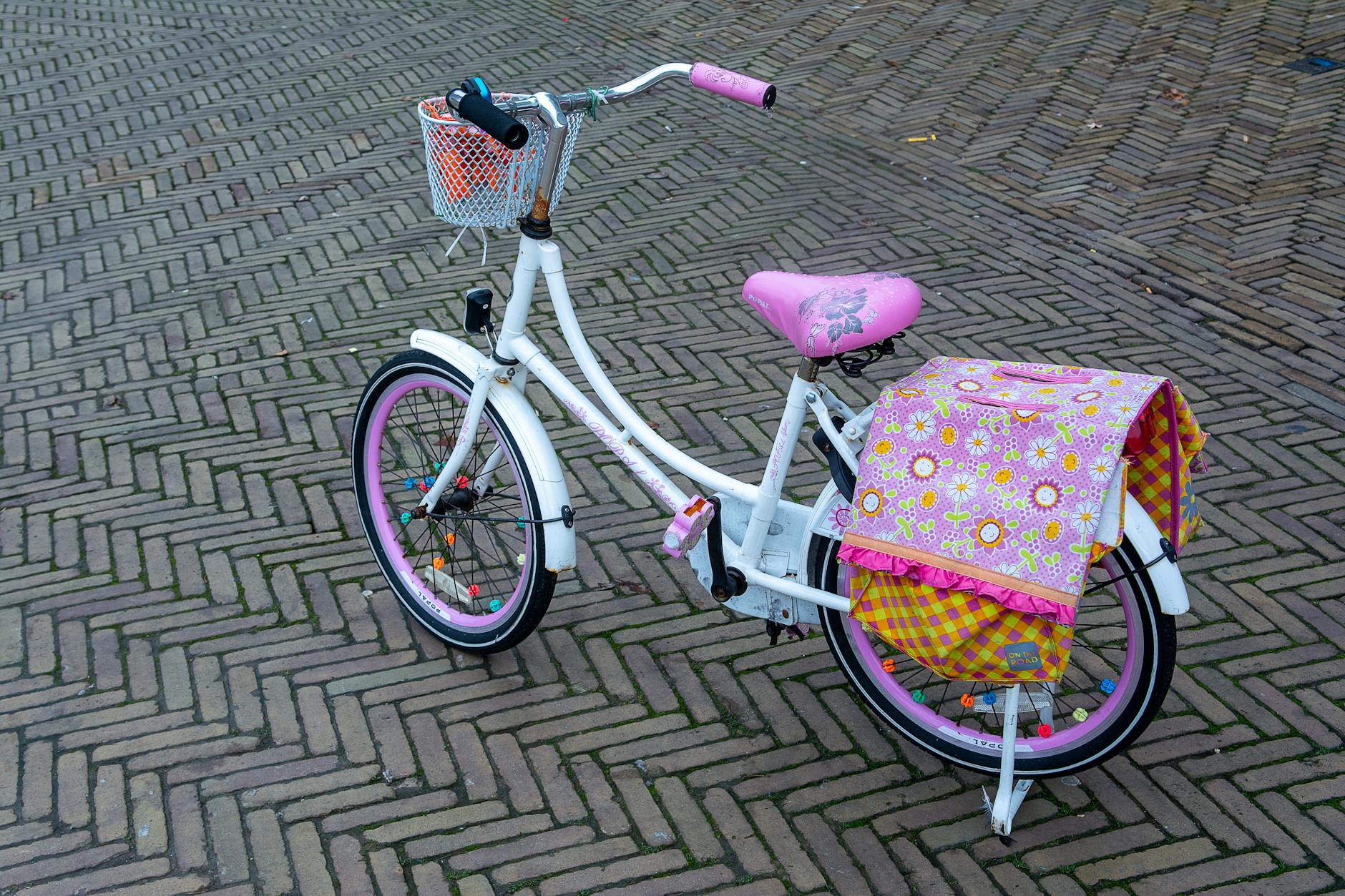Discover the secret to selecting the perfect bike size for your little rider – ensuring safety, comfort, and endless fun!
Table of Contents
When it comes to cycling with kids, safety is always a top priority. One of the key elements of ensuring a safe and enjoyable biking experience for children is choosing the right bike size. In this comprehensive guide, we will walk you through the process of selecting the correct bike size for your child, as well as provide essential safety tips for cycling with kids. Additionally, we will explore the best balance bikes for 2-year-olds, a great starting point for young riders.
How to Choose the Right Bike Size for Children
Understanding bike size measurements can be confusing, especially for parents who are new to the world of cycling. The first step in choosing the right bike size for your child is to measure them accurately. Here is a step-by-step guide to help you determine the correct bike size:
1. Measure your child’s inseam: Have your child stand barefoot with their back against the wall. Measure the distance from the floor to their crotch to determine their inseam length.
2. Use the inseam measurement to choose the appropriate bike size: Refer to the manufacturer’s sizing chart to match your child’s inseam measurement with the recommended bike size. Keep in mind that different brands may have slightly different sizing guidelines, so be sure to double-check before making a purchase.
3. Consider the age and height of your child: In addition to the inseam measurement, take into account your child’s age and height when selecting a bike size. A general rule of thumb is to choose a bike with a frame size that allows your child to comfortably reach the handlebars and pedals without overreaching.
Safety Tips for Cycling with Kids
Before hitting the road with your little cyclist, it’s essential to review some key safety tips to ensure a safe and enjoyable biking experience for your child:
1. Always wear a properly fitted helmet: A helmet is the most important piece of safety equipment for cyclists of all ages. Make sure your child’s helmet fits snugly and sits level on their head, covering the forehead. Replace the helmet if it has been involved in a crash or shows signs of wear and tear.
2. Teach your child basic cycling safety rules: Review basic cycling safety rules with your child, such as stopping at stop signs, using hand signals to indicate turns, and staying visible to drivers. Practice these skills in a safe, controlled environment before venturing out onto the streets.
3. Choose safe cycling routes and environments: When cycling with kids, opt for routes that are free from heavy traffic and have designated bike lanes or paths. Avoid busy intersections and high-speed roads, and always supervise your child while they are riding.
Best Balance Bikes for 2-Year-Olds
Balance bikes are an excellent way to introduce young children to the world of cycling. These pedal-less bikes help children develop balance, coordination, and confidence before transitioning to a pedal bike. Here are some key features to look for in a balance bike for 2-year-olds:
1. Lightweight and easy to maneuver: Choose a balance bike that is lightweight and easy for your child to handle. Look for models with adjustable seat heights to accommodate your growing child.
2. Durable construction: Opt for a balance bike made from sturdy materials that can withstand rough handling and outdoor play. A high-quality balance bike will last through multiple children and provide years of enjoyment.
3. Safety features: Ensure that the balance bike has safety features such as a handlebar pad, hand brakes, and non-slip grips. These features will help prevent accidents and keep your child safe while learning to ride.
Recommended Accessories for Safe Cycling with Kids
In addition to choosing the right bike size and following safety guidelines, it’s essential to equip your child with the necessary accessories for a safe cycling experience:
1. Protective gear: Invest in knee and elbow pads, as well as gloves, to protect your child from scrapes and bruises in case of a fall. These accessories can provide an extra layer of protection and peace of mind while cycling.
2. Visibility accessories: Make sure your child is visible to drivers and pedestrians while cycling by outfitting them with bright-colored clothing and reflective gear. Attach a safety flag to their bike to increase visibility, especially in low-light conditions.
3. Maintenance tips for children’s bikes: Regularly inspect and maintain your child’s bike to ensure it is in safe working condition. Check the tire pressure, brakes, and chain regularly, and make any necessary adjustments or repairs as needed.
Conclusion
Choosing the right bike size for your child and following essential safety tips are crucial steps in ensuring a safe and enjoyable cycling experience for kids. By selecting the correct bike size, teaching basic safety rules, and providing the necessary accessories, you can help your child develop a lifelong love for cycling while keeping them safe on the road.
Remember, cycling with kids is a great way to bond as a family and promote physical activity and outdoor exploration. By prioritizing safety and fun, you can create lasting memories and instill a passion for cycling in your child that will last a lifetime.

